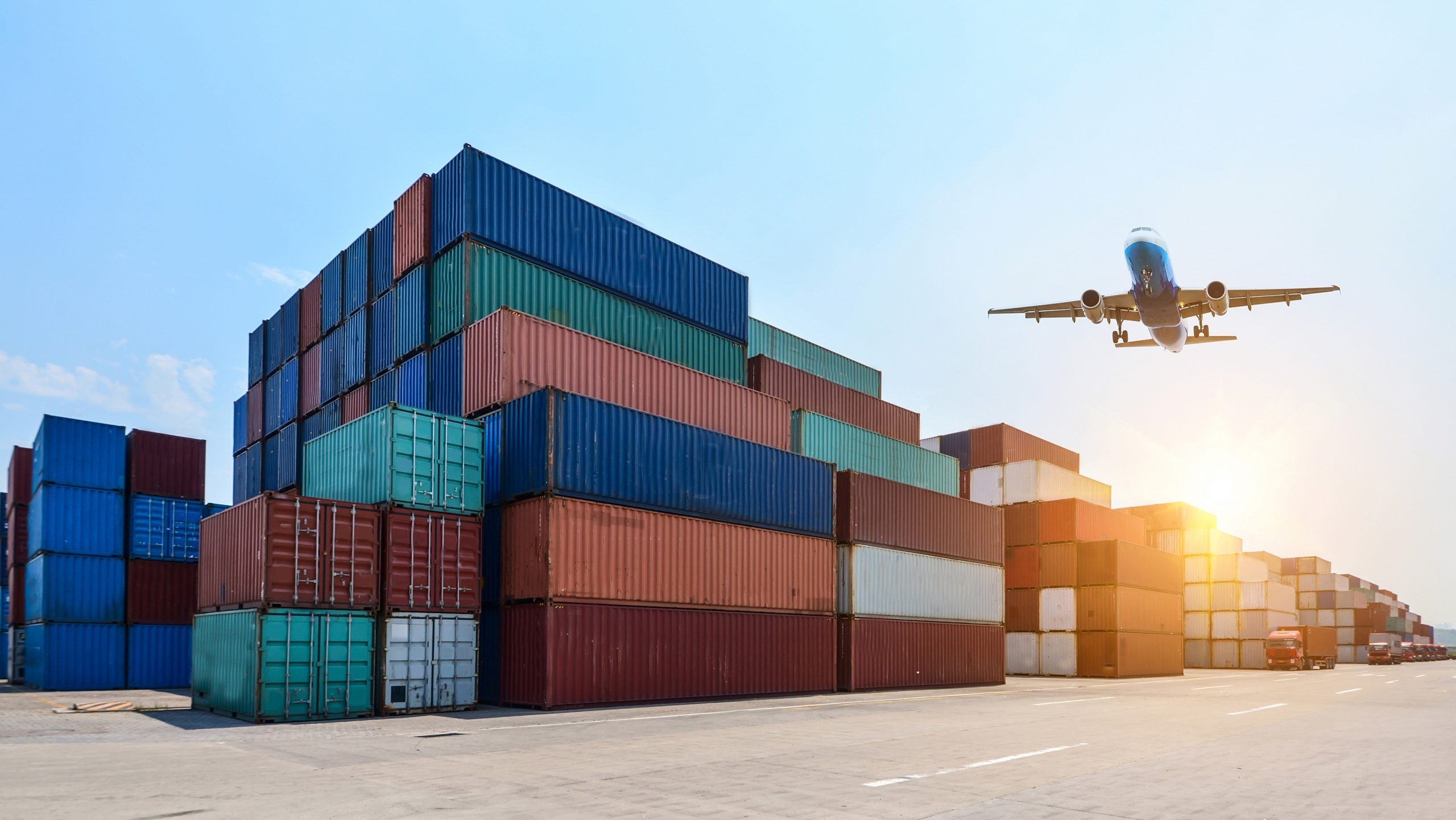ASIA: According to data from the Japan Maritime Centre, shipments from Asia to the United States have hit an all-time high, reaching 21.45 million twenty-foot equivalent units (TEUs) in 2024. This surge is driven by a combination of factors, including supply chain shifts, extended shipping routes due to the Red Sea crisis, and a strong US economy. Concerns over potential dockworker strikes in the US and newly imposed tariffs on Chinese goods have led businesses to front-load their imports.
China and other Asian nations see major growth in exports
As The Loadstar (TL) reported, China’s exports to the US increased by 16%, reaching 11.8 million TEUs. This was followed by a 15% rise in shipments from South Korea, amounting to 1.36 million TEUs. Meanwhile, Japan recorded an 8% growth in exports to the US, reaching 670,000 TEUs, while Taiwan’s shipments grew by 5% to 661,000 TEUs.
China’s automobile and rubber industries significantly contributed to this increase. Manufacturers accelerated production and shipping schedules to anticipate any further economic policy changes in the US.
ASEAN and South Asia play a growing role in US trade
The shift in global manufacturing, particularly away from China, has benefited ASEAN countries. Their exports to the US rose by 24% to a record 5.38 million TEUs. TL attributes this surge to the lingering effects of tariffs imposed on Chinese goods during former President Donald Trump’s administration, which led many manufacturers to relocate their production bases to Southeast Asia.
India, in particular, has emerged as a major player in textile and garment exports. It recorded a 16% increase in containerised shipments to the US, reaching 1.5 million TEUs.
Retailers front-load inventory to avoid supply chain disruptions
According to the Japan Maritime Centre, US retailers have stockpiled inventory, anticipating possible supply chain disruptions. In a statement cited by TL, the organisation noted that while an agreement between US East Coast dockworkers and terminal operators has eased some concerns, ongoing uncertainty over trade policies means businesses remain cautious.
“With the new Trump administration’s tariff policy, there will be no major changes right away,” the centre stated. “But we need to keep an eye on how the situation evolves after Chinese New Year.”
Market experts highlight supply chain strategies
According to Mr Trevor Crowe, an analyst at Clarksons, the transpacific trade remained strong throughout 2023 due to a combination of strategic inventory management and retailers’ pre-emptive measures.
“Front-loading lent support, as shippers rushed to protect supply chains and limit potential disruption from the Red Sea crisis, US port strikes, and potential tariffs from the Trump administration,” TL quoted Mr Crowe as saying.
This trend of front-loading has provided short-term stability in the market, but industry experts warn that the situation remains fluid. Shifting geopolitical factors, new trade policies and ongoing supply chain bottlenecks could still impact global trade flows in the coming months.
The record-breaking container traffic from Asia to the US underscores the complexities of global trade, where economic policies, geopolitical tensions, and strategic business decisions intersect. As businesses navigate this evolving landscape, staying informed and adaptable will be key to maintaining resilience in an increasingly uncertain global economy.

